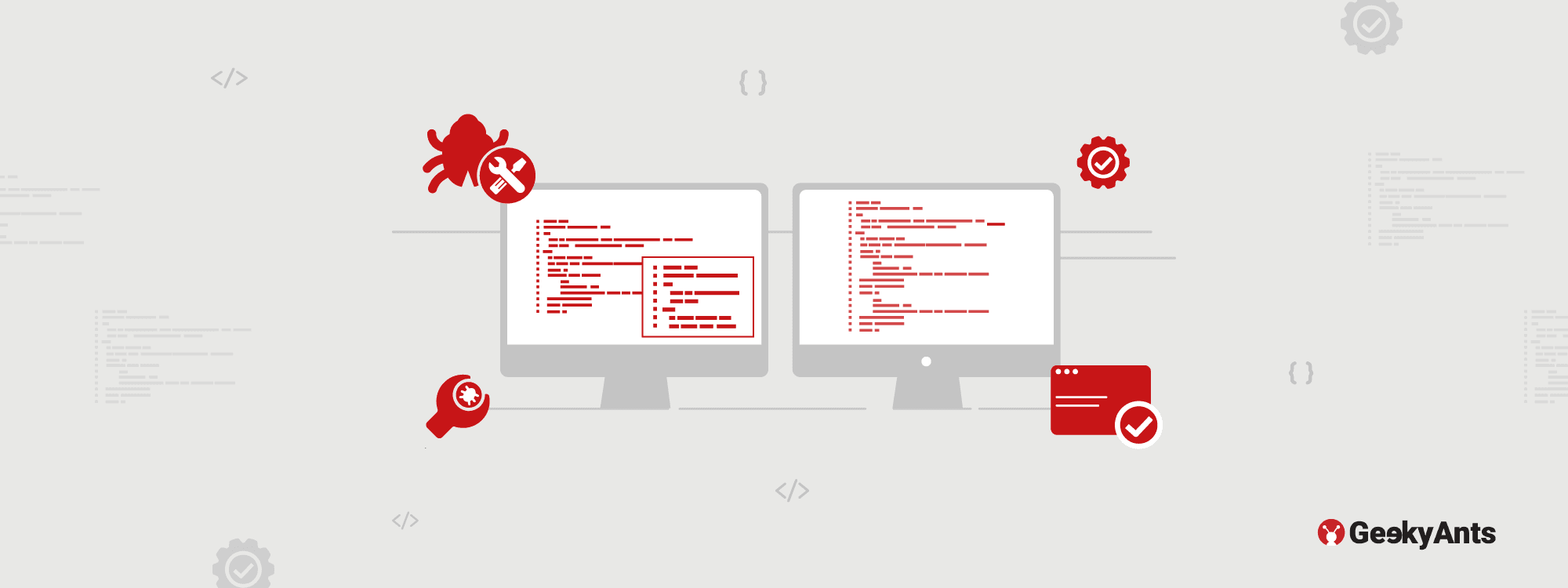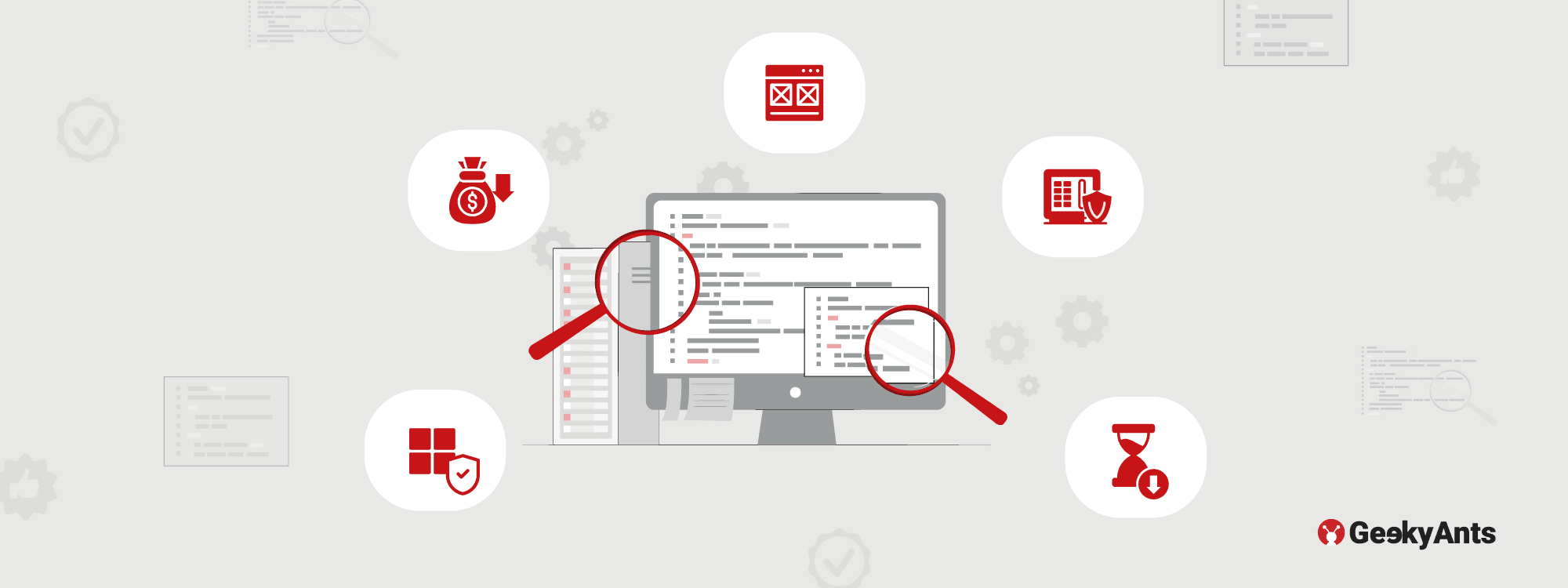5 QA Metrics You Require To Enhance Software Testing
Author

Date

Book a call
Only a handful of metrics will actually suggest what you require to know to enhance software testing and align your team's activities with quality and performance. That’s why we utilize QA metrics to help us assess how well our test results reflect the quality of the software.
Some of the QA metrics that help enhance the quality of the software testing process
QA Metric 1: Escaped Bugs
Escaped bugs are any bugs that go to production after the testing cycle is complete. Clients or team members usually catch and report these bugs after an element goes live. Tracking the number of bugs discovered after release to production is one of the best overall metrics for assessing your QA program as a whole. If clients aren’t reporting bugs, that’s a good sign that your QA efforts are working. When clients do report bugs, it can help you determine specific ways to enhance your QA testing.
QA Metric 2: Test Coverage
While enhancing test coverage usually implies creating more tests and running them more often, writing and running more tests isn’t the plan, per se.
If you’re not testing the right things with the correct kind of tests, more testing just implies more work. You could have a test suite of 500 detailed tests and have less effective test coverage than someone who is covering the most important features of their app with only 50 tests. That’s why only the total count of tests in your test suite isn’t a good reflection of your test coverage.
Rather than trying to cover 100% of your application, we suggest putting your testing efforts towards covering 100% of all critical user paths. In the same way, you should concentrate on creating and maintaining tests to cover the most crucial user flows before trying to cover edge cases. If you’re not certain where to begin, you can review your analytics platform (Google Analytics, Amplitude, etc.) to help prioritize your test coverage.
QA Metric 3: Test Reliability
A perfect test suite would have an ideal correlation between the count of defects and failed tests. A failed test would always contain a real bug, and tests would only pass when the software was completely bug-free.
Calculating the reliability of your test suite indicates comparing your results to this standard. How often do your tests fail because of problems with the test rather than real bugs? Do you have tests that pass sometimes and fail other times for no identifiable cause?
Finding why tests fail over time—whether it’s poorly-written tests, test environment failures, or something else—will help you discover patterns and identify where to make enhancements.
QA Metric 4: Time to Test
‘Time to test’ is an indicator of how quickly your team can build and run tests for new features without impacting quality.
The tool you use for software testing will be a significant factor that impacts ‘time to test.’ Automated testing is much quicker than manual testing, so you’ll like to consider test automation if you haven’t already. When speaking about these metrics, we’ll assume you’re using test automation.
QA Metric 5: Time to Fix
‘Time to fix’ contains the time it takes to figure out whether a test failure illustrates a real bug or a problem with the test, plus the time it takes to improve the bug or fix the test. It’s best to keep a note of each of these metrics separately, so you understand which area is taking the most time.
Conclusion
We hope this blog will help you detect more bugs that your clients care about and make the complete testing process—from writing tests to categorizing test failures—move faster. It’s a scalable, all-in-one test automation solution that is suitable for small teams just getting started with automated testing or QA-mature teams regularly executing 500+ software tests.
Dive deep into our research and insights. In our articles and blogs, we explore topics on design, how it relates to development, and impact of various trends to businesses.


